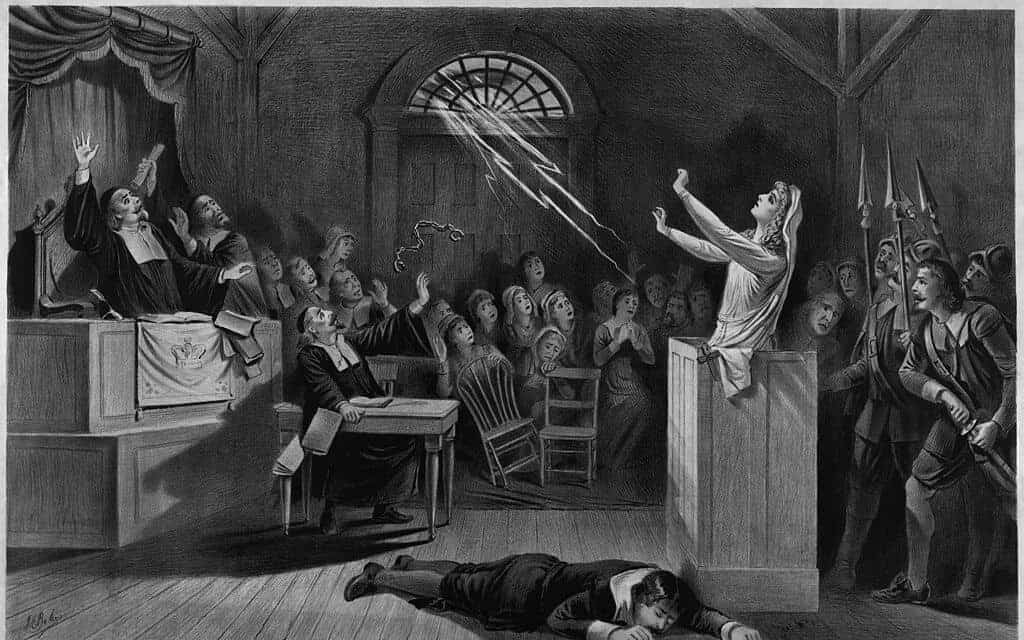Achieving justice through the execution of a miscreant is a longstanding action of civilized society. Unfortunately, achieving certainty of the guilt of said miscreant has not been quite so simple. Persons have been executed, often in a grisly manner, having been found guilty of crimes for which they were later exonerated, a moral burden carried by society throughout history. For instance, Captain William Kidd was hanged for piracy (twice, the rope broke on the first attempt) only for history to reveal upon examination of the evidence that he was likely not a pirate at all. By then he was long dead, and his name still carries the reputation of a buccaneer.

Less well-known victims of the death penalty, cleared of the crime after having already paid the ultimate penalty for it, came from around the globe, throughout every era during which executions were accepted by society. Some were undoubtedly guilty of other crimes, others innocent of any (at least against society), but all are, to paraphrase Thackeray, equal now. Here are just a few examples from a very long list of people executed for crimes for which they were later proved to have been entirely innocent.
As it is being read bear in mind that the University of Michigan completed a study indicating that 4% of residents on death row in the United States are innocent of the crime for which they are scheduled to be executed. The list will only grow longer.

1. Admiral John Byng, Royal Navy
The execution of John Byng, a career naval officer who had served the Royal Navy from the age of thirteen (he was 52 when executed) was controversial at the time and generally regarded as unjust today. Voltaire satirized the execution in Candide, noting that it was necessary to shoot an Admiral from time to time to, “encourager les autres” (encourage the others). Voltaire’s comment described the essence of the death penalty; it does nothing to correct the behavior of the person executed but stands to provide consideration by others hoping to avoid a similar fate. Byng was executed (by firing squad) for failing to do his utmost in the face of the enemy. History long ago exonerated him.
Two decades after his execution the Articles of War (under which he was tried, convicted, and shot) were amended to allow judges greater leeway when considering similar actions by other officers, and alternative punishments besides death. Byng’s execution was described as the “worst legalistic crime” in the history of Great Britain, which has a long history of gruesome executions. Nonetheless, descendants’ efforts to clear their ancestors’ names of his crime continued to be unsuccessful into the 21st century. What was his crime? After the fleet under his command fought a battle which was inconclusive he opted to return to port in order to refit his ships, rather than fight to the death against the French attacking Minorca.

